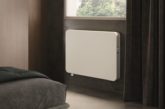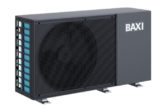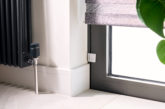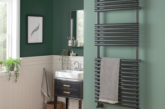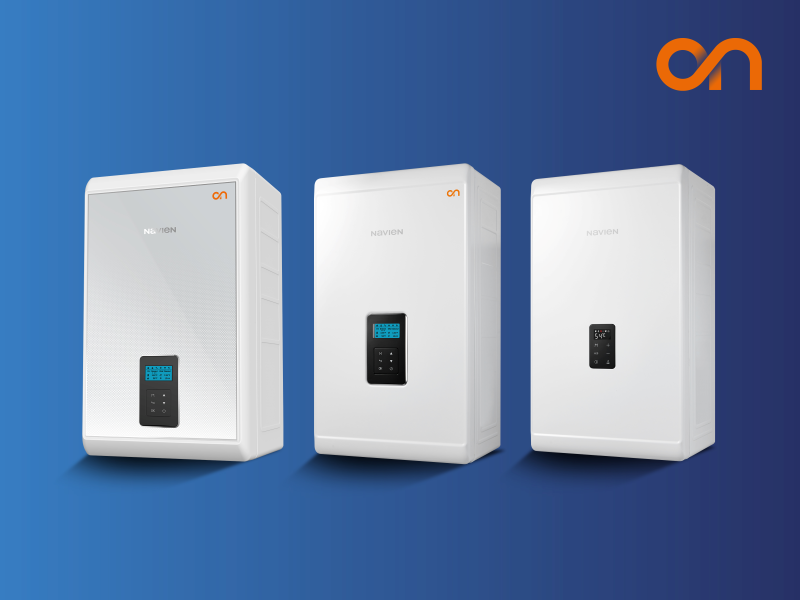
Chris Peden, National Service Manager at Navien UK, explores why reducing peak flow temperatures, right-sizing radiators, and optimising system design are critical for achieving maximum heating efficiency.
Modern condensing boilers work most efficiently when they’re running at lower return water temperatures. Research from NESTA shows that simply turning down the heating flow temperature to 60°C can improve boiler efficiency by around 4%. Lower temperatures allow the boiler to recover latent heat from exhaust gases, which is a key feature of condensing boilers that boosts performance compared to non-condensing models.
To keep the boiler in condensing mode, the optimal flow temperature should be around 70°C or lower, with a return temperature no higher than 55°C. When these settings are met, the boiler operates more efficiently by recovering more heat from the exhaust gases. This not only reduces fuel consumption and carbon emissions by also delivers meaningful energy savings for homeowners.
But lowering flow temperatures doesn’t just improve efficiency – it can also lead to meaningful savings. According to research by NESTA, turning down the boiler’s flow temperature from 80°C to 60°C could save a typical household around £112 a year on gas bills. This is based on an average usage of 12,000 kWh per year and assumes no change to the room thermostat settings. While the exact figure will vary depending on household size, usage and insulation levels, this simple adjustment could help many households cut costs without compromising comfort.
Supporting older homes
Older properties can make lowering flow temperatures more challenging. Poor insulation, higher air changes per hour and single-glazed windows all contribute to higher heat loss, making it harder to maintain a comfortable indoor temperature at reduced flow rates.
That’s where installers can make a difference. Recommending upgrades such as improved insulation, double glazing, and draught-proofing won’t just improve a home’s energy performance today – it will also help future-proof it for low-carbon heating technologies.
But optimising performance isn’t just about the materials of the building. System balancing is key to ensuring each radiator gives out the right amount of heat, avoiding cold spots or overheating.
Weather compensation is another valuable tool, automatically adjusting the boiler’s flow temperature based on outdoor conditions to save energy on milder days without compromising comfort.
Installers also play a crucial role in guiding homeowners through the small steps that support efficient heating: sealing gaps, upgrading loft insulation, modernising windows, and making sure the heating system is set up to perform at its best. These are the kinds of practical, long-term improvements that really help customers get the most from a lower temperature heating system.
Energy-efficient installations
Navien’s boilers are engineered for both performance and adaptability, offering a range of adjustable settings to meet the diverse requirements of modern homes. The NCB range, including the 30kW NCB500 ON combi boiler with its 6:1 modulation ratio, ensures efficient operation by matching output to heating demand.
Designed to operate effectively at lower flow temperatures – around 60°C for much of the heating season – Navien’s solutions support energy efficiency, cost savings, and long-term sustainability.
Right-sizing radiators
To get the most out of a lower temperature system, radiators need to be correctly sized. Undersized units won’t emit enough heat when the boiler is running cooler, which can lead to customer complaints, inefficient cycling and uneven room temperatures.
The good news is that most existing systems can still be adapted. If insulation and window upgrades have lowered a room’s heat demand, original radiators might still work well. And where they don’t, upgrading to larger or more efficient models is typically straightforward and cost-effective.
When a radiator upgrade is needed, opting for modern designs can make a real difference. Double-panel, double-convector radiators, for instance, can deliver more than 30% higher output than older single-panel types. That extra capacity goes a long way in helping systems work efficiently at lower flow temperatures and in keeping customers comfortable throughout the year.
By understanding how flow temperature, radiator sizing and system balancing come together, you can future-proof your installs and deliver better outcomes for customers.
IMAGE: Navien




